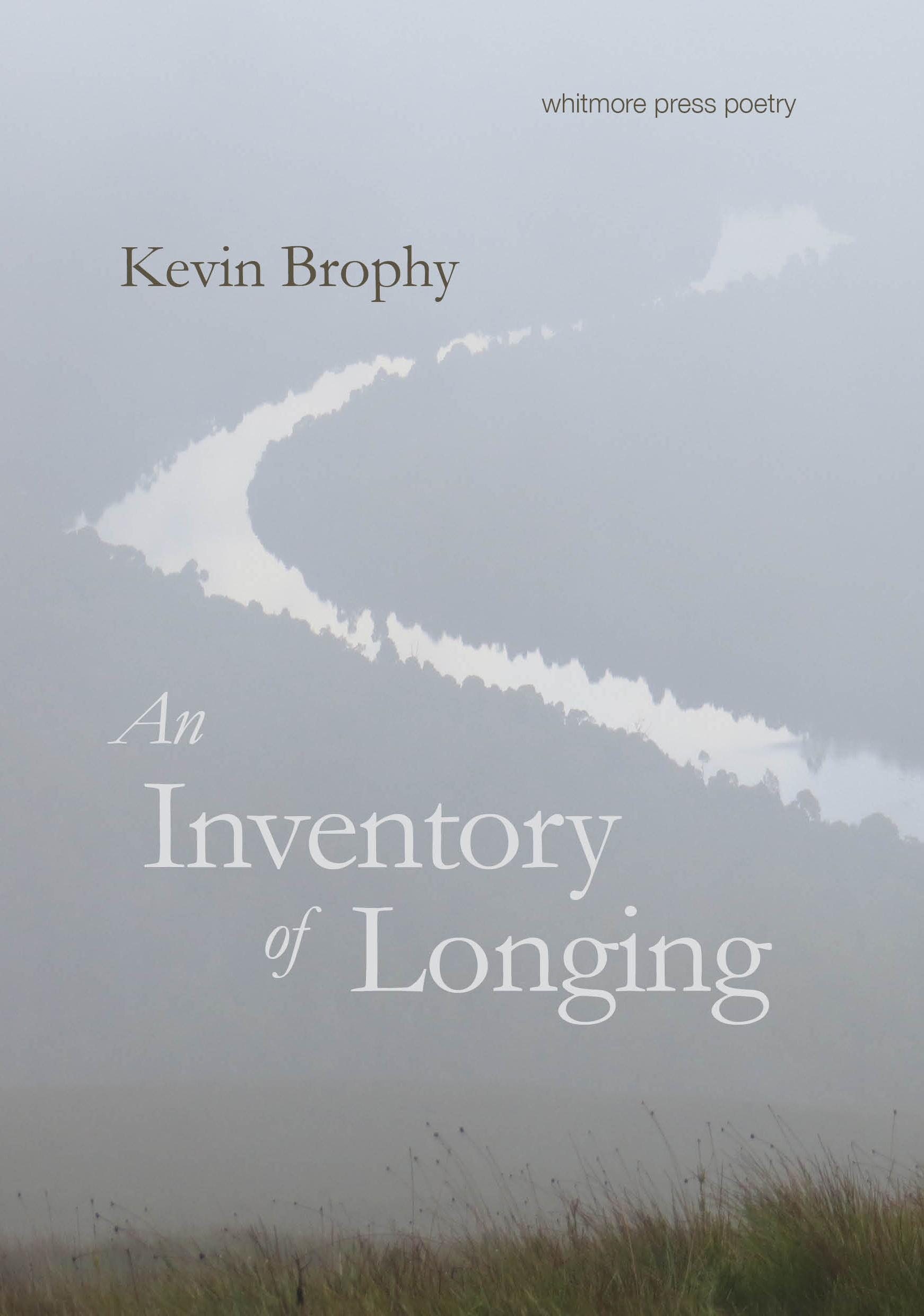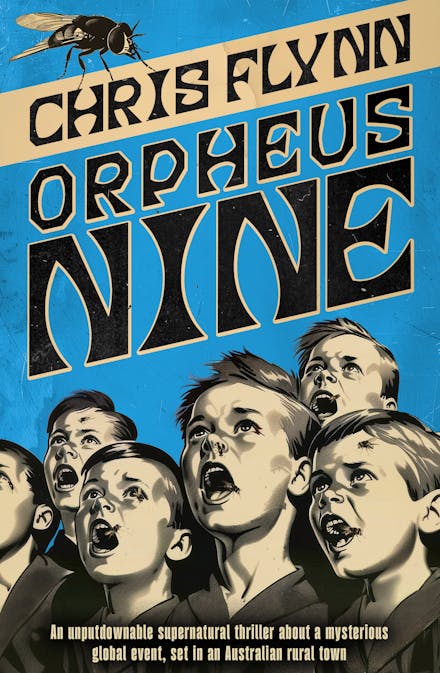Hearts and Bones
Post-traumatic stress disorder is a slippery condition to pin down and portray. Cinema in general struggles to convey the depth and nuance of mental illness, especially when it stems from trauma. We’re often left with frenzied flashbacks, bombastic sound design, and overripe performances that skirt dangerously close to parody. A mental illness is like a haunting, which may be why genre cinema – especially the horror genre – has recently found such success exploring the topic. Luckily, Hearts and Bones begins with a sequence so brutally efficient in its devastation we need no further convincing of Daniel Fisher’s (Hugo Weaving) ongoing condition. It takes up no more than five minutes of screen time, but this tragedy signifies a tipping point in the war photographer’s lifelong balancing act between observation and culpability.
Continue reading for only $10 per month. Subscribe and gain full access to Australian Book Review. Already a subscriber? Sign in. If you need assistance, feel free to contact us.















Leave a comment
If you are an ABR subscriber, you will need to sign in to post a comment.
If you have forgotten your sign in details, or if you receive an error message when trying to submit your comment, please email your comment (and the name of the article to which it relates) to ABR Comments. We will review your comment and, subject to approval, we will post it under your name.
Please note that all comments must be approved by ABR and comply with our Terms & Conditions.